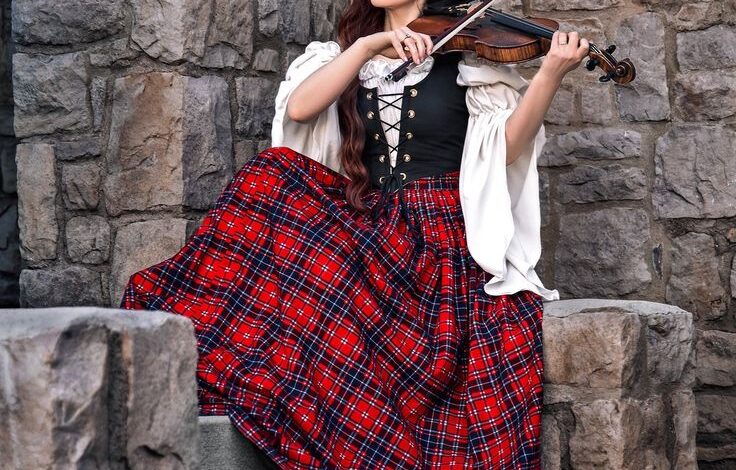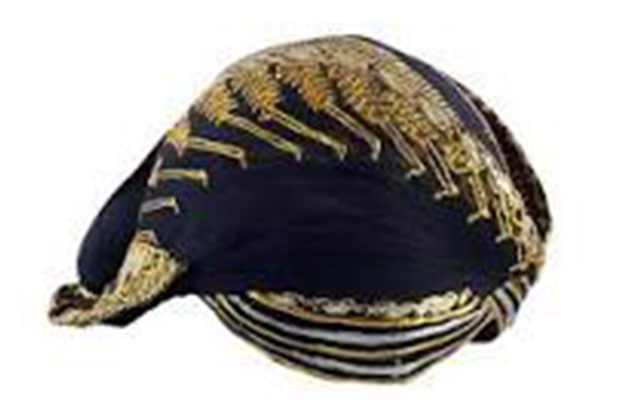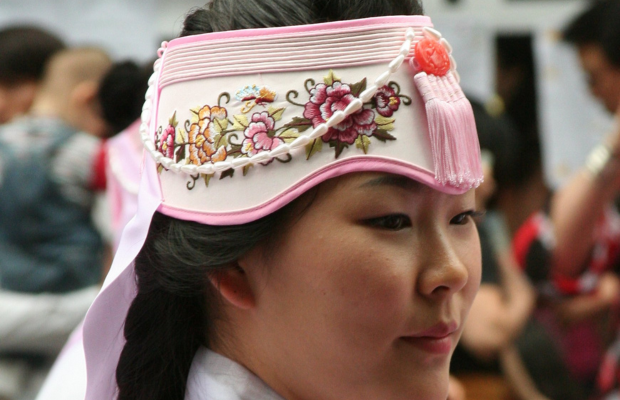
The Evolution of the Biretta in Christian Clergy
The Evolution of the Biretta in Christian Clergy Anglican, and Lutheran clergy. Its design, featuring three or twelve ridges or peaks, has evolved over centuries, symbolizing both academic achievement and ecclesiastical authority. In this blog, we’ll delve into the history, development, and modern use of the biretta in Christian clergy.
Origins of the Biretta
The biretta’s origins date back to the medieval period, evolving from the academic caps worn by scholars. Initially, these caps were a sign of scholarly distinction, but they gradually became integrated into clerical attire. The earliest forms of the biretta were simpler and less standardized than the versions seen today.
Medieval and Renaissance Developments
During the medieval and Renaissance periods, the biretta became more formalized as part of clerical dress. Its square shape and the addition of ridges or peaks were standardized, with three peaks becoming the most common design, symbolizing the Holy Trinity. By this time, the biretta was widely recognized as a symbol of clerical status and academic achievement.
The Biretta in the Roman Catholic Church
In the Roman Catholic Church, the biretta gained significant prominence. It was worn by priests, bishops, and cardinals, with the color and embellishments indicating the wearer’s rank. Black birettas were typically worn by priests, purple by bishops, and red by cardinals. The addition of a pom or tuft on top further distinguished higher-ranking clergy.
Adoption by Anglican and Lutheran Clergy
The biretta was also adopted by some Anglican and Lutheran clergy, particularly those with high church traditions. While the basic design remained similar, these denominations sometimes introduced variations to reflect their own liturgical practices and theological emphases.
Modern Variations and Uses
Today, the biretta remains an important part of clerical attire in many Christian denominations. While its use has declined in some areas, it continues to be worn during formal liturgical ceremonies, processions, and academic events. Modern birettas may feature slight design modifications, but they retain their symbolic significance.
Color and Design:
- Black: Commonly worn by priests and seminarians.
- Red: Worn by cardinals, often with a tuft or pom.
- Purple: Worn by bishops, sometimes with a pom.
- Green: Occasionally worn by other clergy members in specific traditions.
The Biretta’s Symbolic Meaning
The biretta symbolizes a blend of academic prowess, ecclesiastical authority, and liturgical tradition. Its ridges or peaks, square shape, and the act of donning and removing it during services all contribute to its rich symbolic heritage. For clergy, the biretta represents their commitment to the church, their scholarly achievements, and their role within the ecclesiastical hierarchy.
Conclusion
The evolution of the biretta in Christian clergy highlights its enduring significance as a symbol of tradition, scholarship, and ecclesiastical authority. From its medieval origins to its modern-day use, the biretta remains a distinctive and meaningful piece of clerical attire.
If you’re interested in exploring other traditional headwear, such as Scottish hats and caps , visit our site at Kilt Master. We offer a wide variety of authentic Scottish hats, perfect for anyone looking to embrace and celebrate Scottish culture.






